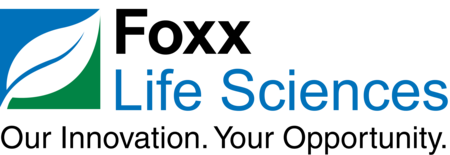Lab Safety Checklist
-
Wear Your 3 Gs:
Goggles, Gloves & Gear! Always keep your eyes and hands protected when you work with chemicals, and wear appropriate body gear (lab coat, apron, booties, hair net, etc.) -
Know the Emergency Plan:
Where is the eyewash station? Where is the fire extinguisher? Where do you meet in case of evacuation? Know appropriate procedures for emergencies, including the location and operation of all emergency equipment. -
Contain Yourself:
Tie back your hair and restrict loose clothing. Loose hair, jewelry and clothing can interfere with your workspace and cause potentially dangerous situations. -
Beware of Cross-Contamination:
Keep a waste container close. Walking across the lab to dispose of contaminated gloves or trash can expose the entire lab to dangerous chemical and biological agents. Place a small waste container in every fume hood or bench top to prevent cross contamination and empty it regularly. -
Don't Risk It!
Never EVER pipet by mouth. Even if you think you can do it, consider what could happen if someone bumps you accidentally! -
Assume that unfamiliar and unlabeled chemicals are hazardous.
Never use unlabeled chemicals or chemicals whose labeling is unclear. -
How to treat chemicals:
- Read all bottle labels carefully.
- Take only what is needed.
- Never return the unused portion of a chemical to the original bottle. Dispose of the excess properly.
- Review the safety and health hazard data of all chemicals used in the laboratory. Learn the signs and symptoms of overexposure and the physical and sensory characteristics (odor, appearance) of these chemicals.
-
Play it safe.
When working with hazardous materials, have a second person nearby, or maintain surveillance by telephone contact. -
Breathe Easy.
Use hazardous chemicals in a chemical fume hood whenever possible. -
Keep it working.
Maintain equipment and inspect it regularly for proper function. - Use safety shields when there is a possibility for explosion or implosion.
- Always dispose of chemicals as directed, placing them in the proper labeled waste container; do NOT overfill the waste container. Discard broken glassware only in a properly labeled waste container.
-
Don't Pollute!
NEVER pour chemical waste materials into the sink! -
Do not use chipped or cracked glassware.
Use extreme caution when handling glassware of any kind. -
Report all accidents
Even when they do not cause injuries. Report to the laboratory supervisor and/or EH&S immediately.
